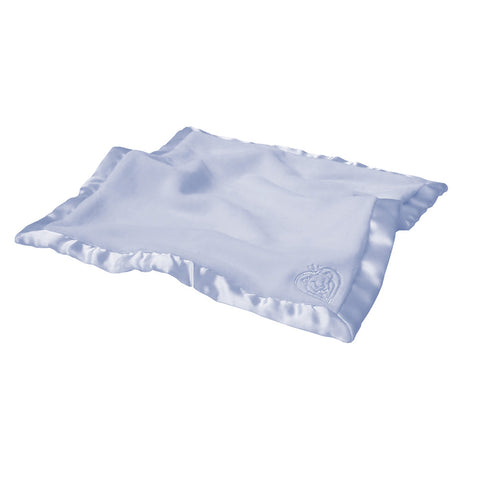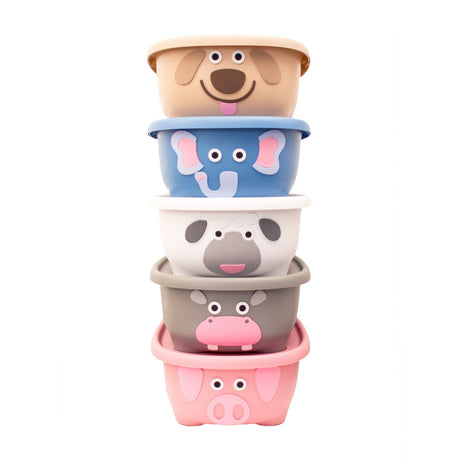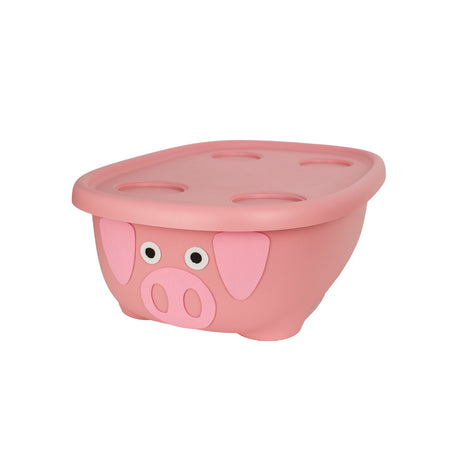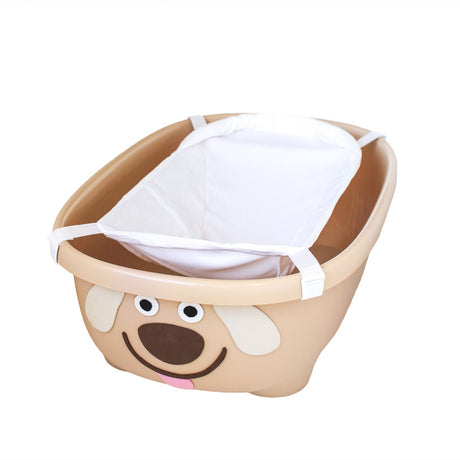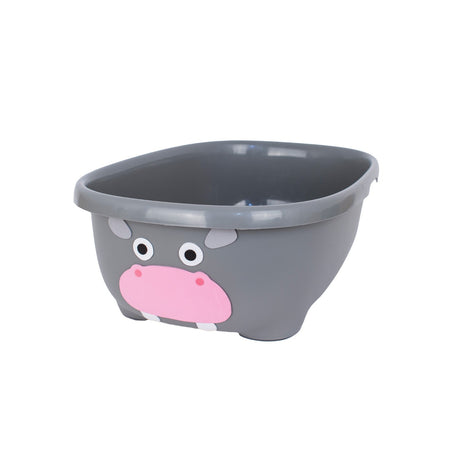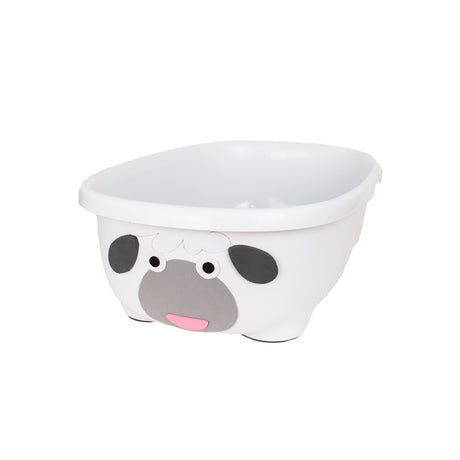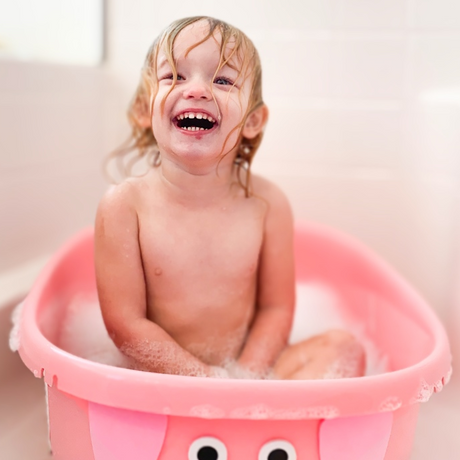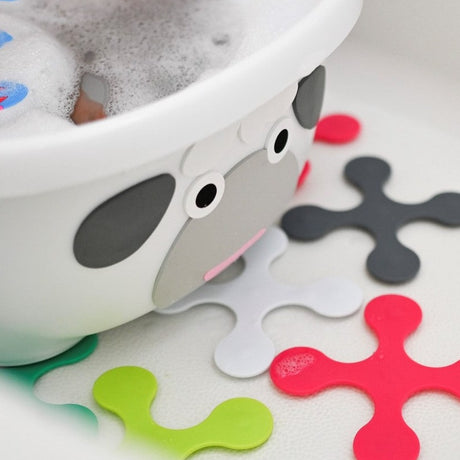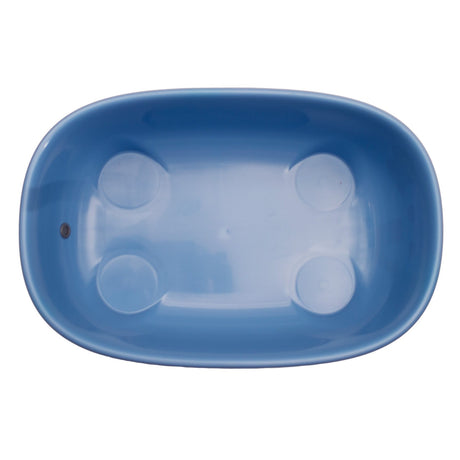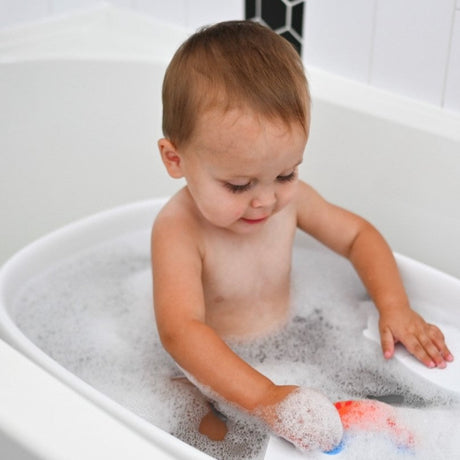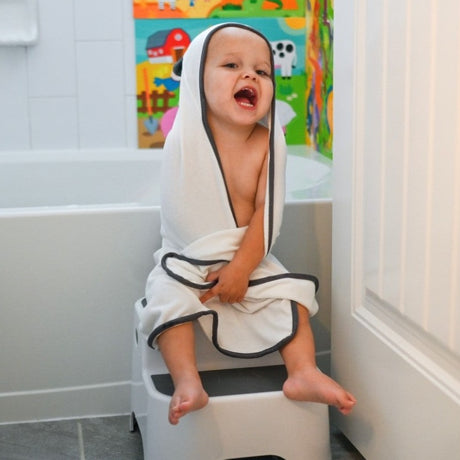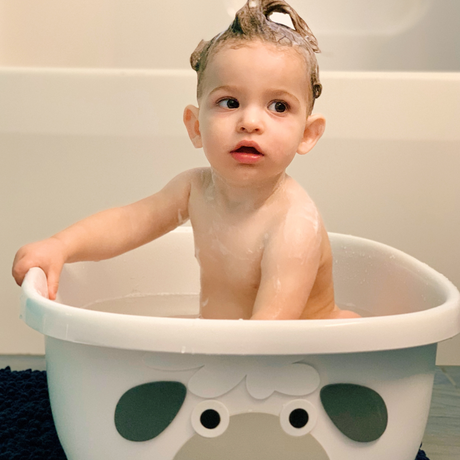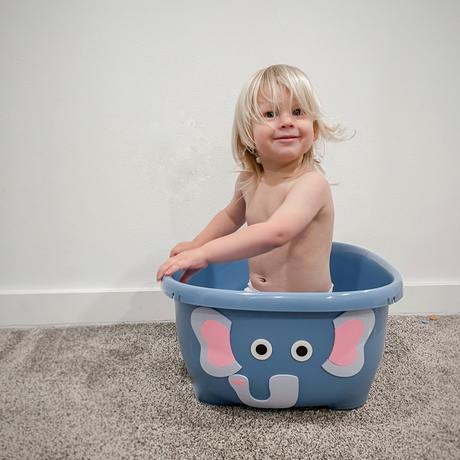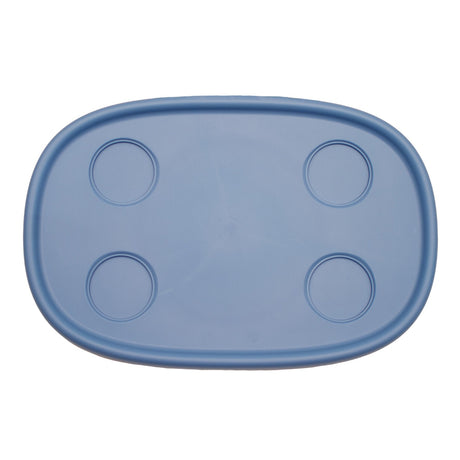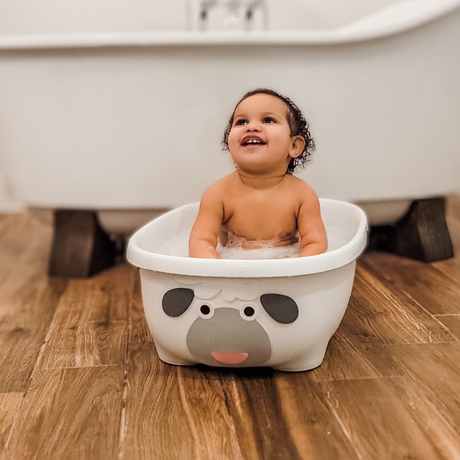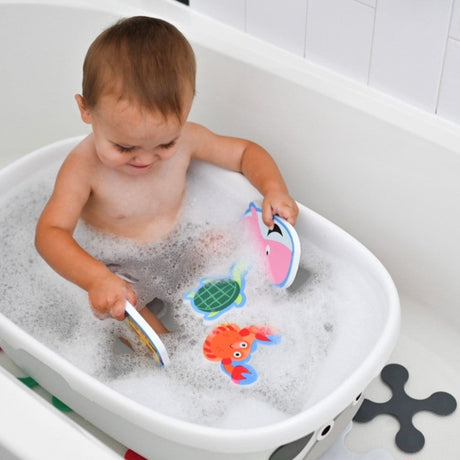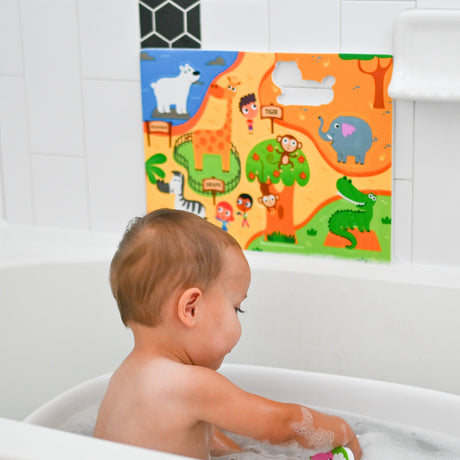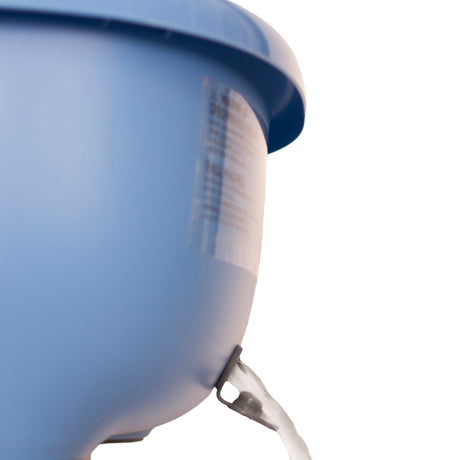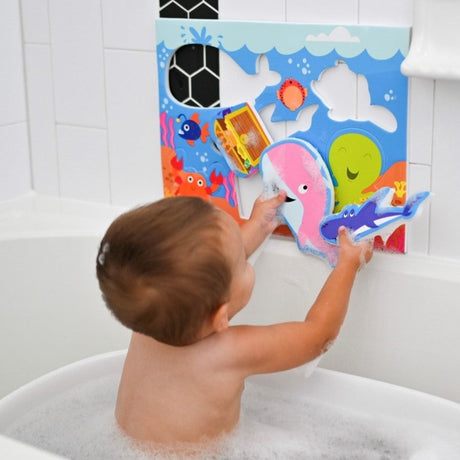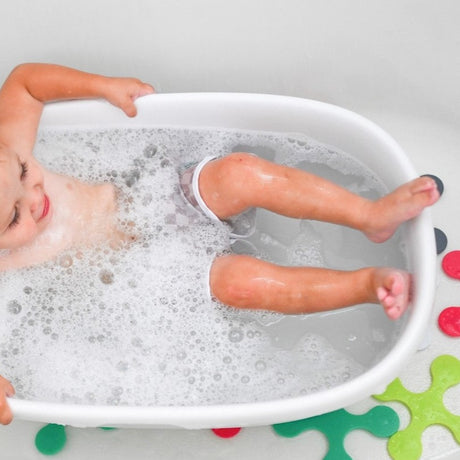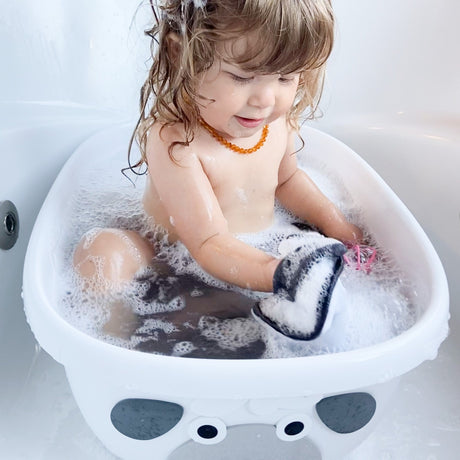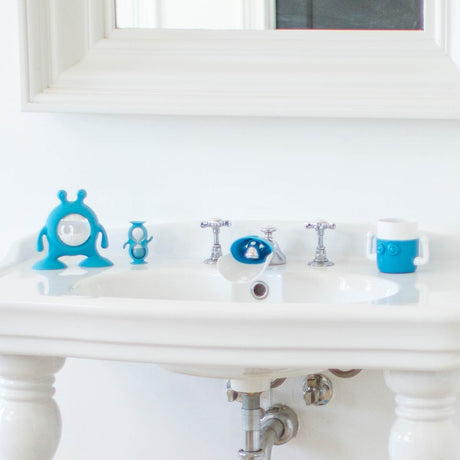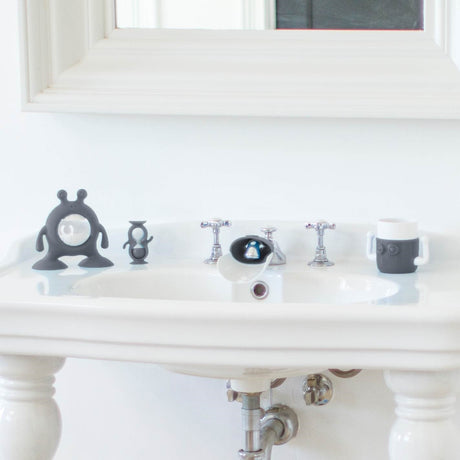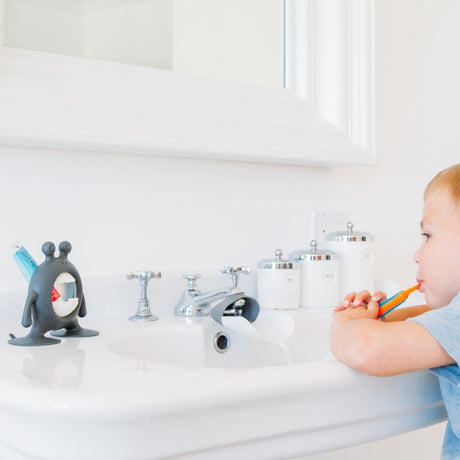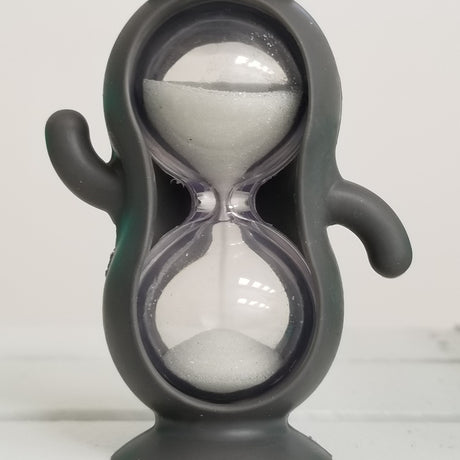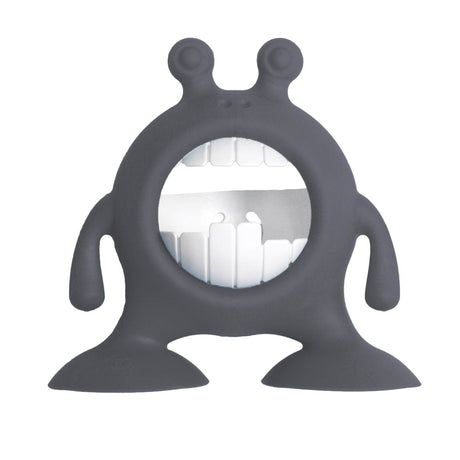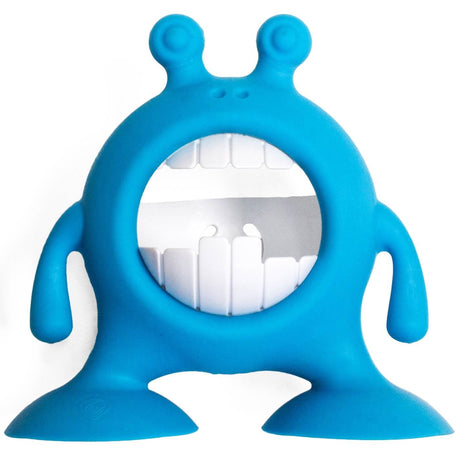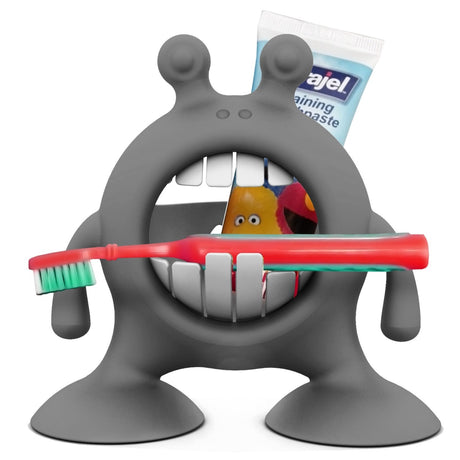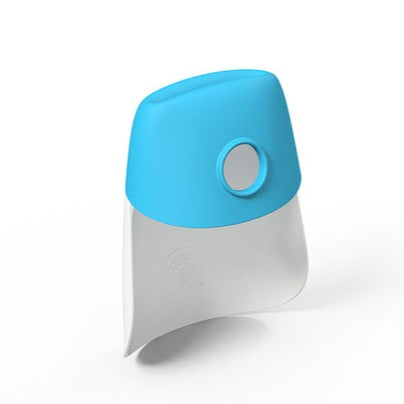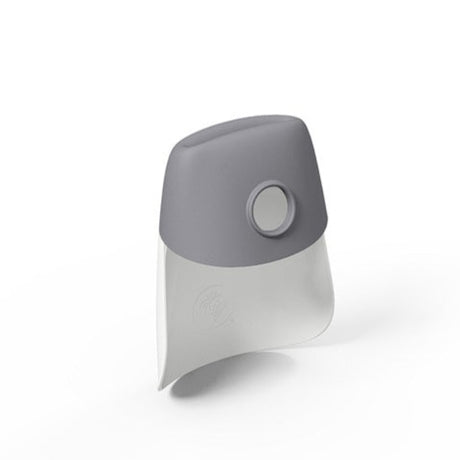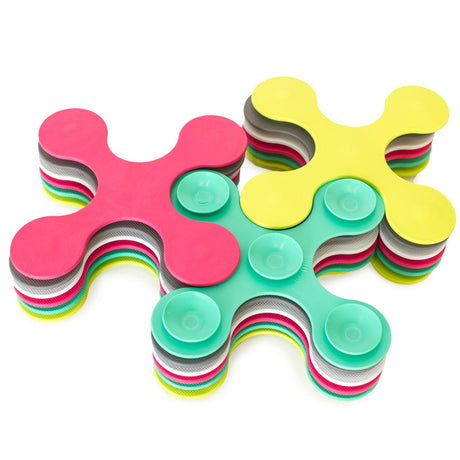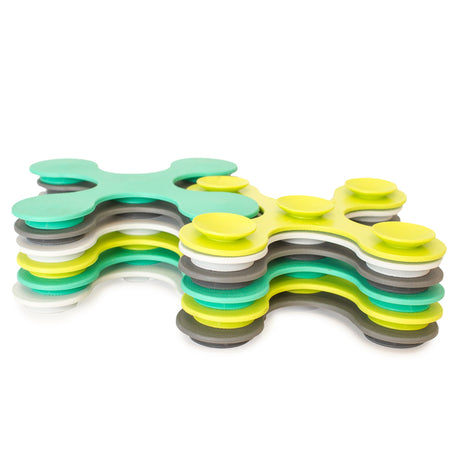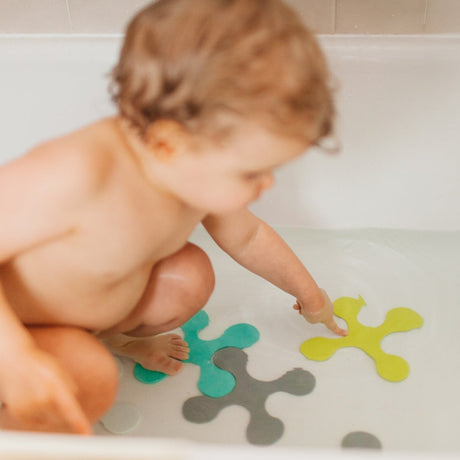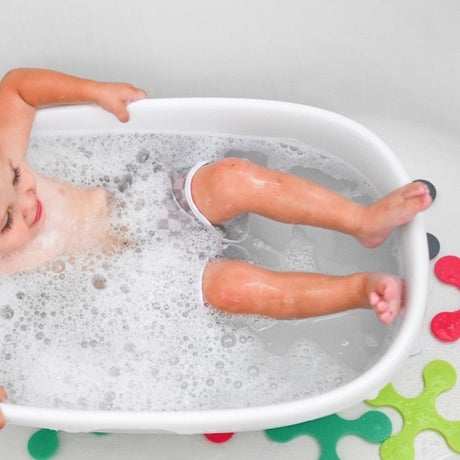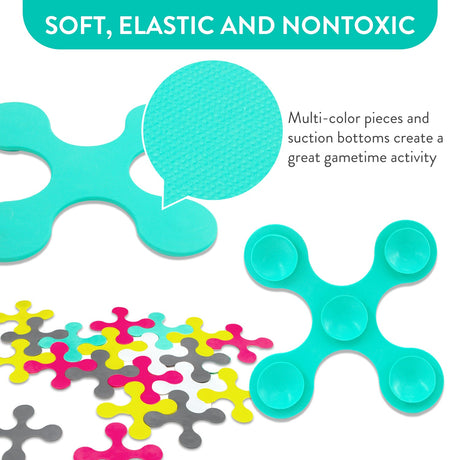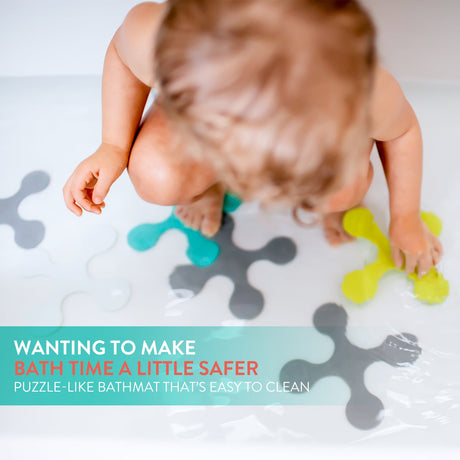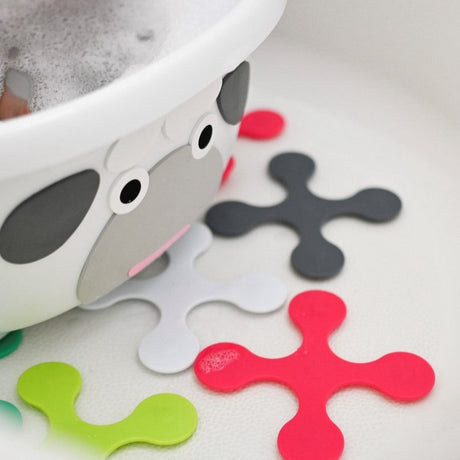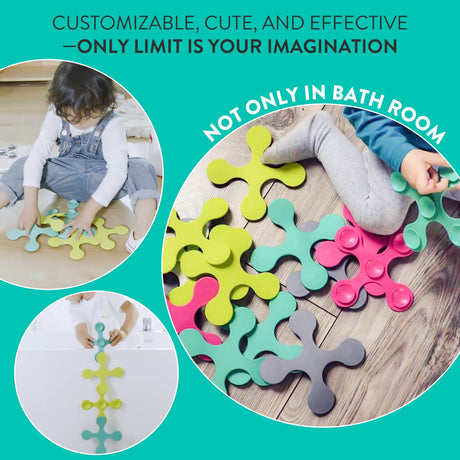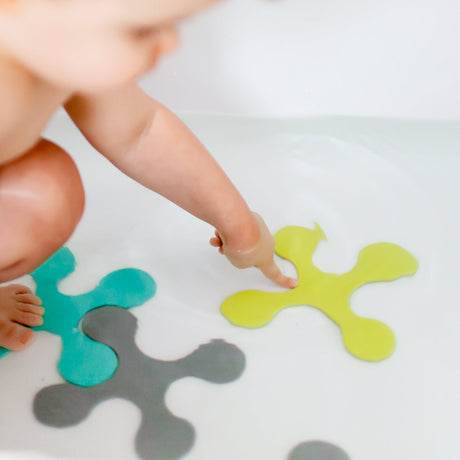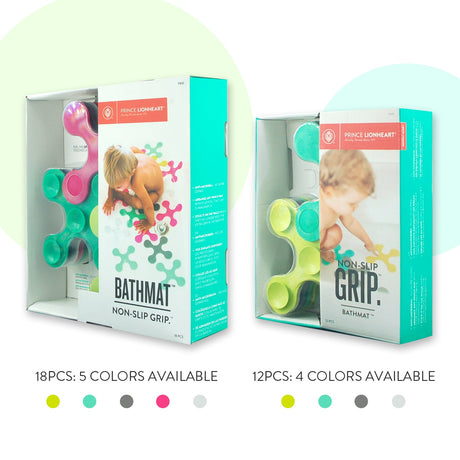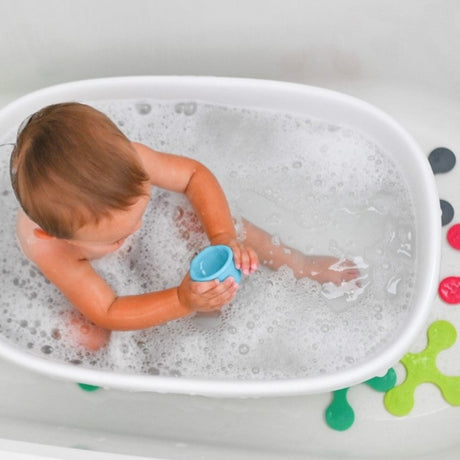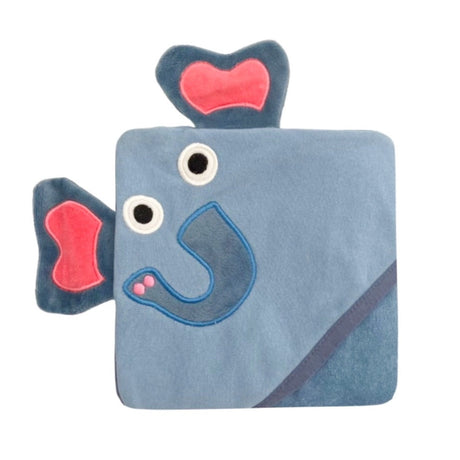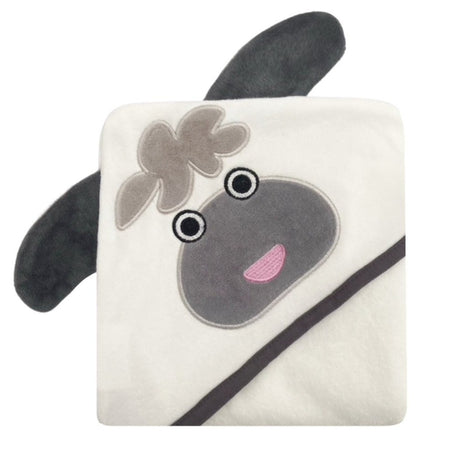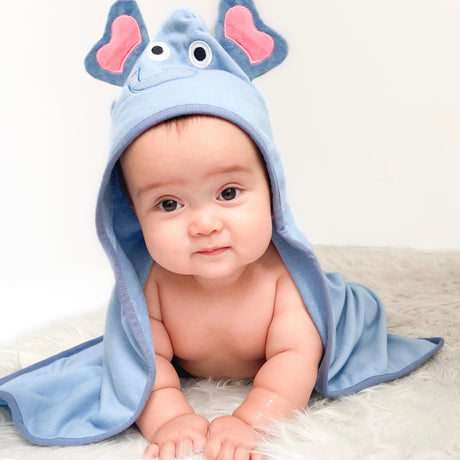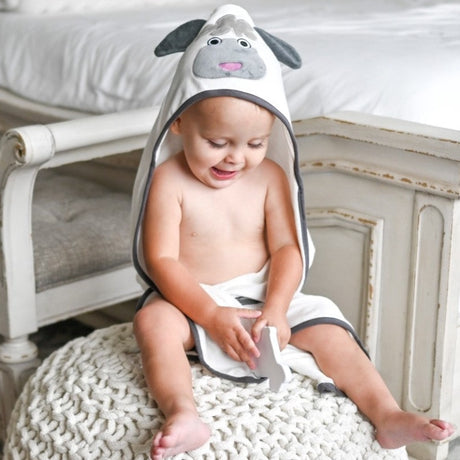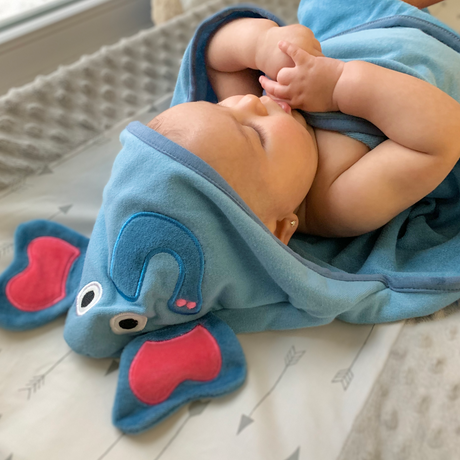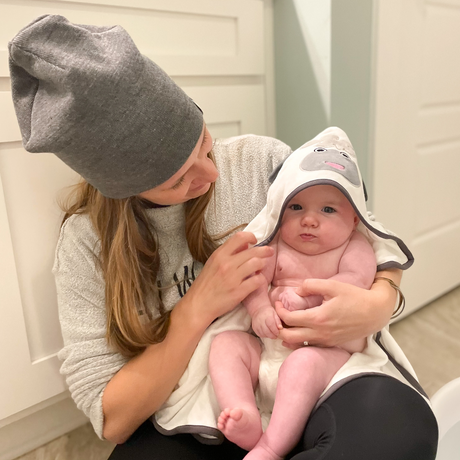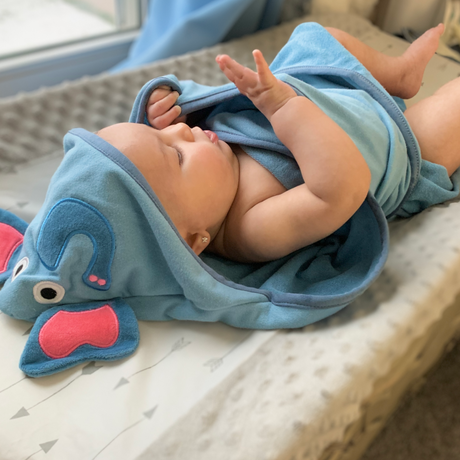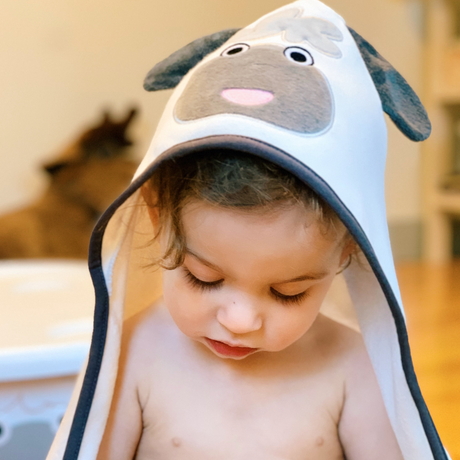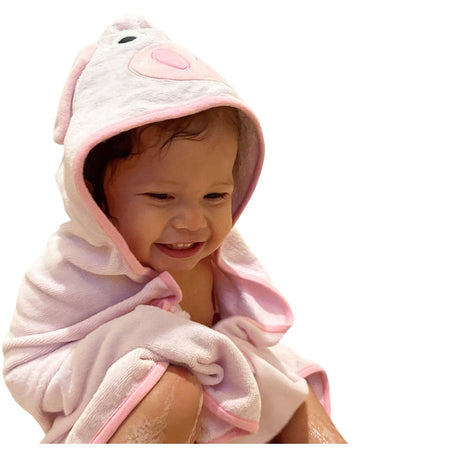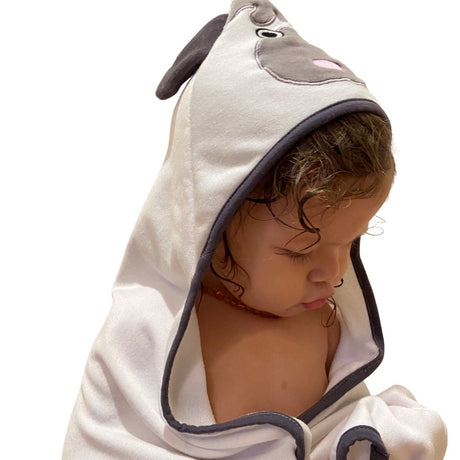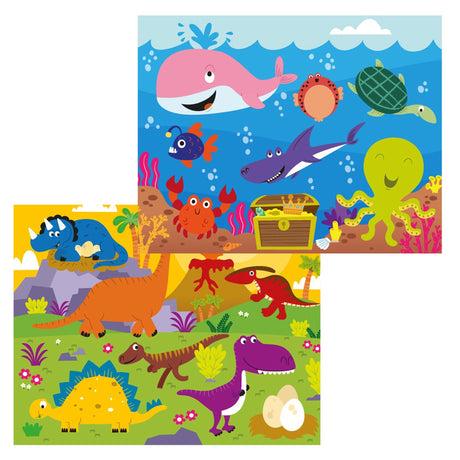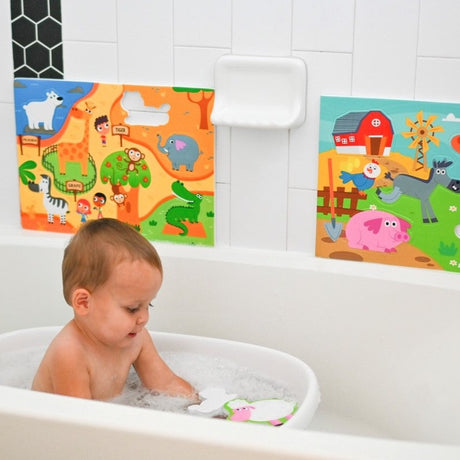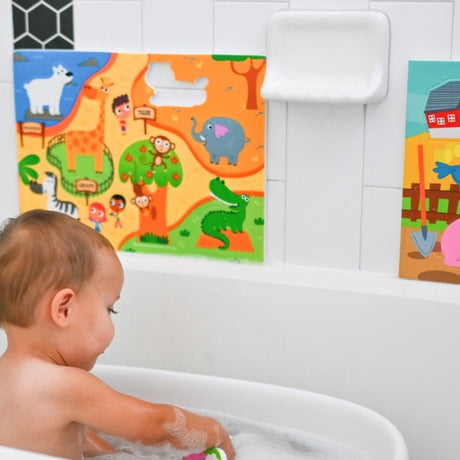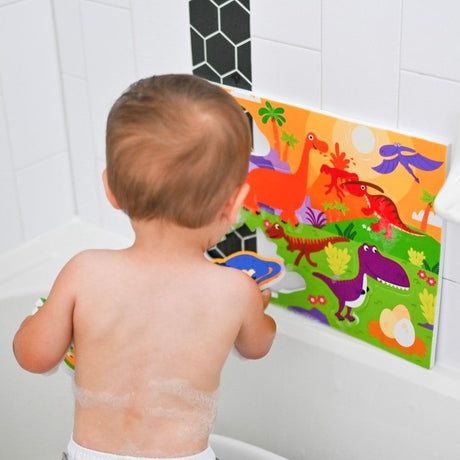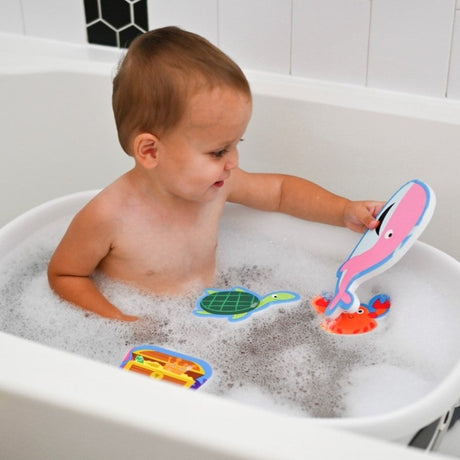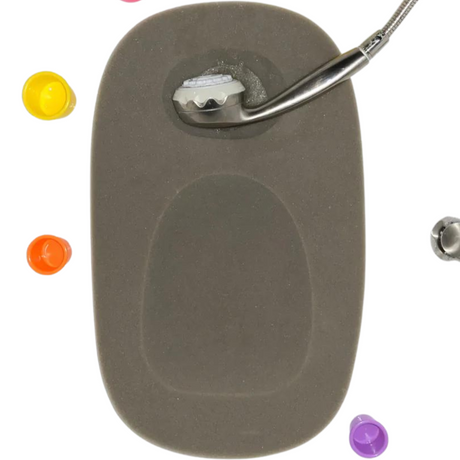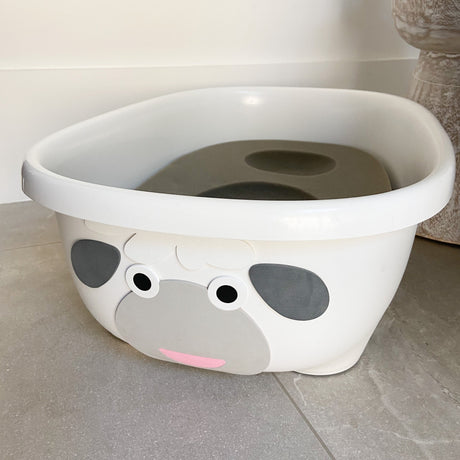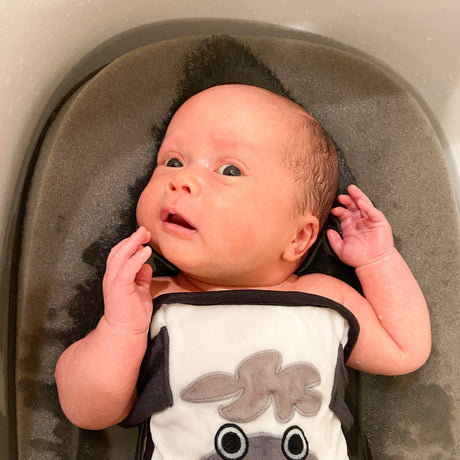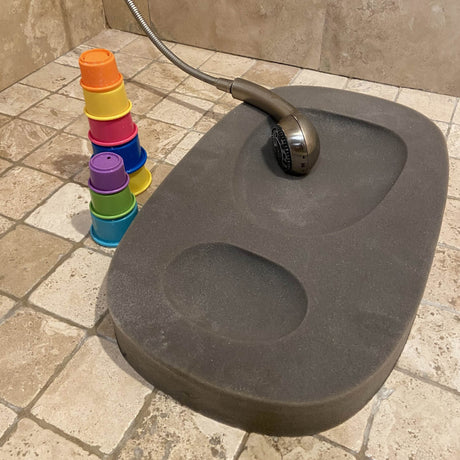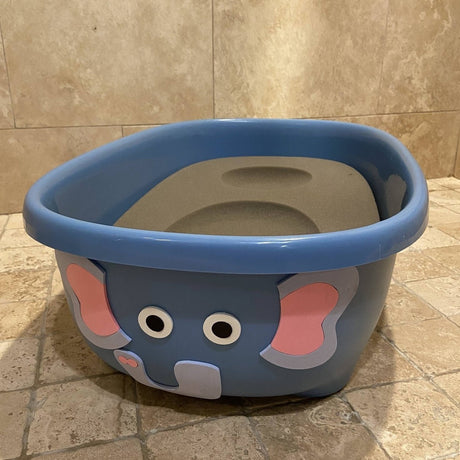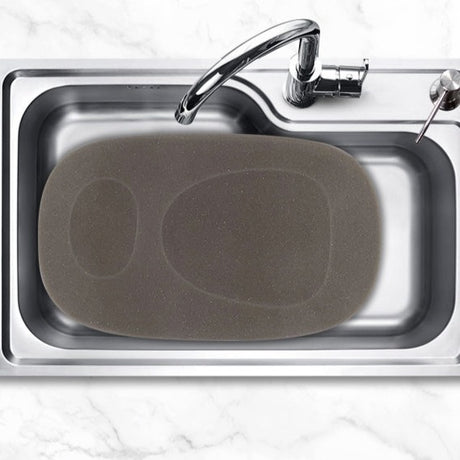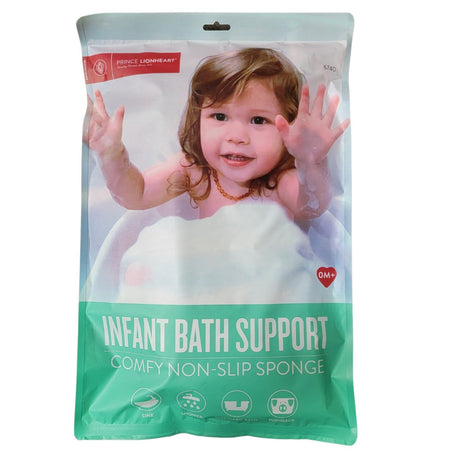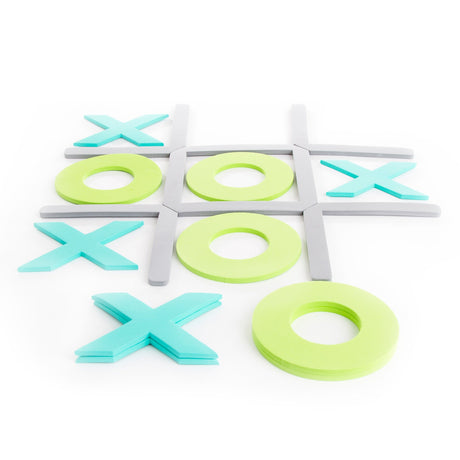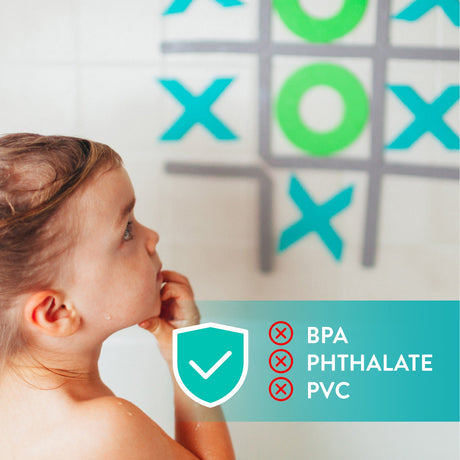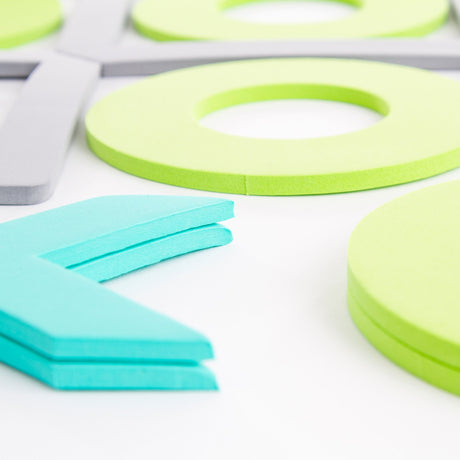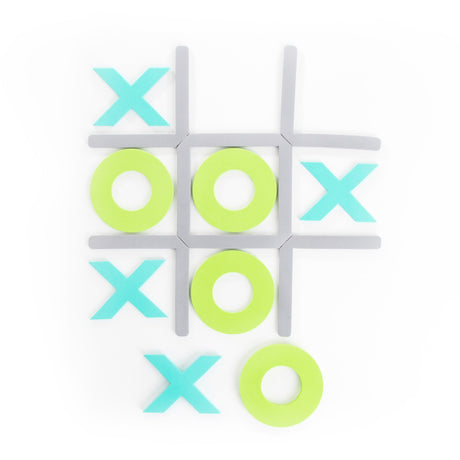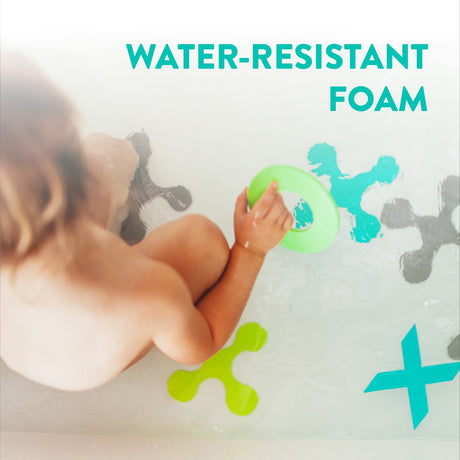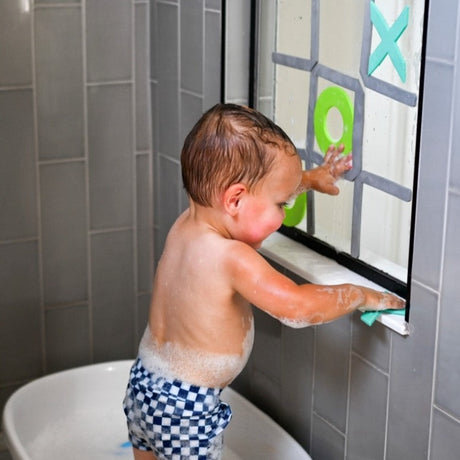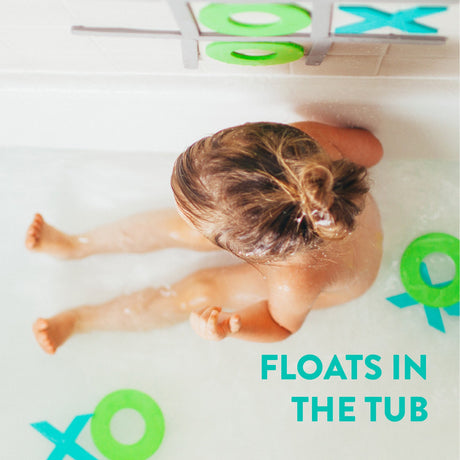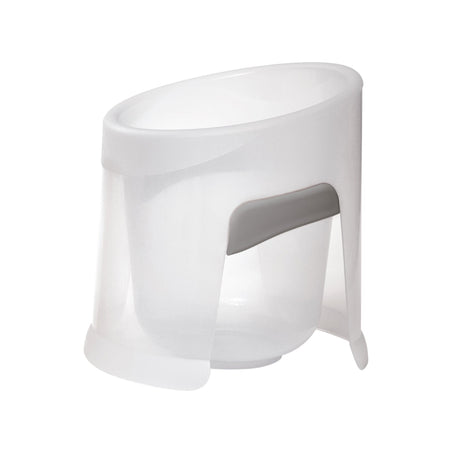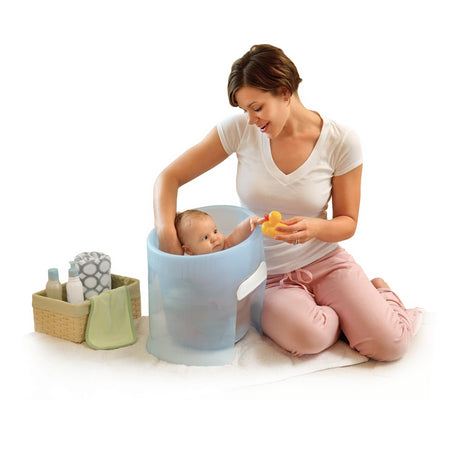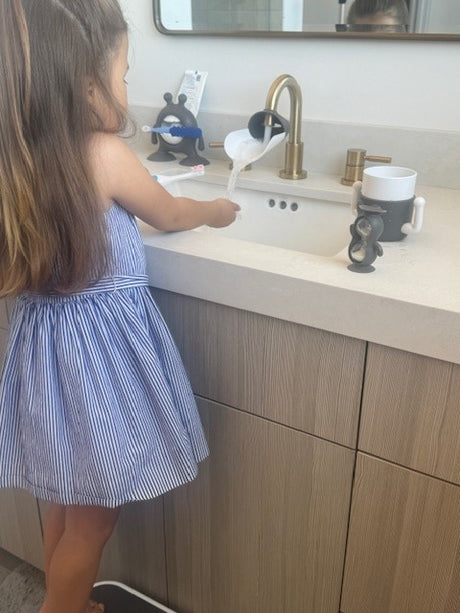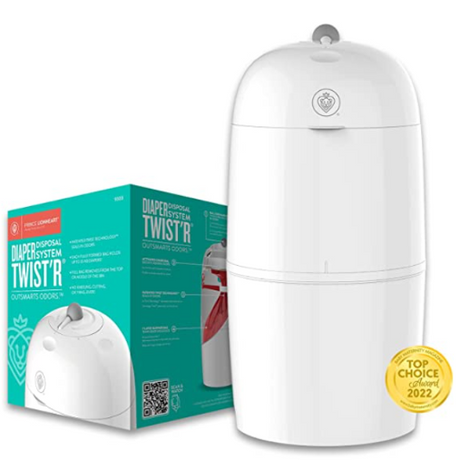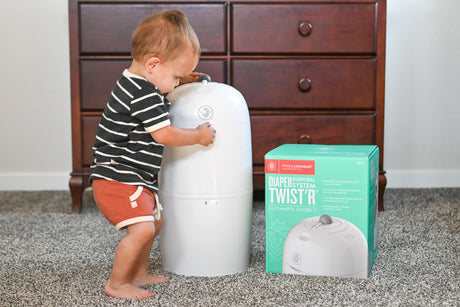Planning for emergencies is one of those essential things we often put off because—let’s be honest—thinking about emergencies isn’t exactly fun. But, bravery is inside us all®. The good news is that planning for emergencies well ahead of time can be a family activity. Kids may even think of the process as an exciting adventure! As part of your family’s emergency planning, build a home first aid kit that can be easily accessible. Wondering what to include in your first aid kit? Don’t worry—Prince Lionheart has put together this first aid kit list to help you make your emergency kit. We answer to a good night’s sleep®, and once you put your kit together, you’ll sleep easier, too. Here’s how to get started.
Build Your Own or Buy a Premade First Aid Kit?
You know the saying—finished is better than perfect. Whatever will get you started is the best way to go. If you love planning and feel motivated to gather and compile your own first aid kit, go for it! But if the thought of anything DIY is overwhelming, buying a premade kit is an excellent choice. No prefab kit will have absolutely everything you need, but they’re a great starting point. Just compare what’s inside to our list below, and add whatever’s missing. The most important thing is to get started on making your home first aid kit as soon as possible.
Getting Started on Your Home First Aid Kit
Your first aid kit list should include anything from basic first aid kit supplies to medications, to information you might need in an emergency. Make sure things are organized. You’ll need to access them easily in an emergency. Store them inside a container that keeps everything safe and dry. Whether you choose a premade emergency kit or make your own home first aid kit, label it well. It should be easy for even young family members to identify.
What to Include in Your First Aid Kit
It’s easiest to approach your first aid kit list by breaking it down into categories. Keep a list of items in the kit (perhaps taped to the inside of the lid) so that you know exactly what’s in there without having to unpack the entire thing.
Basic First Aid Kit Supplies
These basic first aid kit supplies help you treat wounds or injuries. Include enough in your kit to treat at least one of each type of injury, although including more isn’t a bad idea.- Medical adhesive tape
- Elastic bandages (like those for sprained ankles)
- Butterfly bandages or adhesive strips to hold cuts closed
- Compress dressings
- Triangle bandages
- Sterile gauze
- Sterile bandages
- Rolls of gauze
- Cotton balls
- Cotton swabs
- Antibiotic ointment
- Antiseptic wipes
- Antiseptic solution (like hydrogen peroxide)
- Saline solution
- Petroleum jelly
- Bite and sting wipes
- Alcohol wipes
- Hand sanitizer
- Soap
- Scissors
- Tweezers
- Safety pins
- A splint
- Instant cold packs
- Thermometer
- Syringe or bulb suction for flushing wounds
- Medicine cup, spoon, or syringe
- Several pairs non-latex gloves
- Surgical mask
- Breathing barrier for CPR
- Plastic bags
- Flashlight and batteries
- Emergency blanket
- First aid manual
Surprising Items to Consider Including:
- Super glue
- Rubber tubing to use as tourniquet
- Duct tape
- Tooth preservation kit
Medications for your First Aid Kit
Make sure you have pain relievers, fever reducers, and antihistamines at the very least, along with any prescription medicines you or your kids need. Check the expiration dates as regularly as the batteries in your smoke detector and carbon monoxide alarm.
- Ibuprofen
- Acetaminophen
- Aspirin (for adults only)
- Hydrocortisone
- Antihistamine
- Calamine lotion
- Aloe vera gel
- Anti-diarrhea
- Prescription medications that don’t need refrigeration
- Epi-pen, if prescribed
Surprising Items to Consider Including:
- Stool softener
- Throat lozenges
- Cold and cough medicine
- Cranberry extract
- Decongestant
- Antacids
First Aid Kit Information to Include
Write down emergency numbers. Include information professionals might need to treat anyone in your family. You can seal the papers in a plastic bag and tape them to the container lid like you did for the first aid kit list.
- Emergency numbers, including poison control
- Medical consent forms (for medical treatment)
- Medical history forms (including allergies and current medications)
Beyond the Home First Aid Kit: Creating an Emergency Kit
While a first aid kit is a must-have for every family, it can also be helpful to create an emergency kit that includes first aid kit supplies plus other necessities for sheltering in place. Having an emergency kit on hand is especially smart if you live in a place where natural disasters like hurricanes, tornadoes, flooding, or earthquakes occur. Keep this emergency kit in the safest part of your home to be prepared for all the just-in-cases.
Emergency Kit Supplies
These supplies should get you through a short period of time sheltering in place. Consider how to meet all of your needs in the smallest package possible.- Waterproof matches
- Waterproof headlamp and batteries
- Emergency blankets (1 per family member)
- A tent (or tarp and duct tape)
- Face masks
- A whistle
- A multi-tool
- Wipes or moist towelettes
- Toilet paper
- Garbage bags
- Radio (hand crank or battery powered, with extra batteries)
- Water (1 gallon per person, per day for 3 days)
- Shelf-stable food (3 days worth per person)
- Disposable dishes or camping dishes
- Baby care supplies (diapers, wipes, diaper cream, formula, bottles)
- Feminine supplies and personal hygiene items
Surprising Items to Consider Including:
- Old cell phone with charger and solar charger or backup battery
- Local map
- A change of clothes for each family member, including shoes
- Pad of paper or notebook with pencils
- Deck of cards and book of games/puzzles for entertainment
- Comfort items for kids
- A small treat
Maintaining Your First Aid Kit Supplies
Remember to check your first aid kit list regularly. Update items as kids grow and ensure supplies are still in good shape. Every six months, go through your emergency kit and replace any expired items, as well as using up and replacing food or water that has expired.
At Prince Lionheart, we know that life happens everywhere®. It’s smart to be prepared for whatever comes your way. With a well-stocked home first aid kit and emergency kit, you’re ready for it all.
